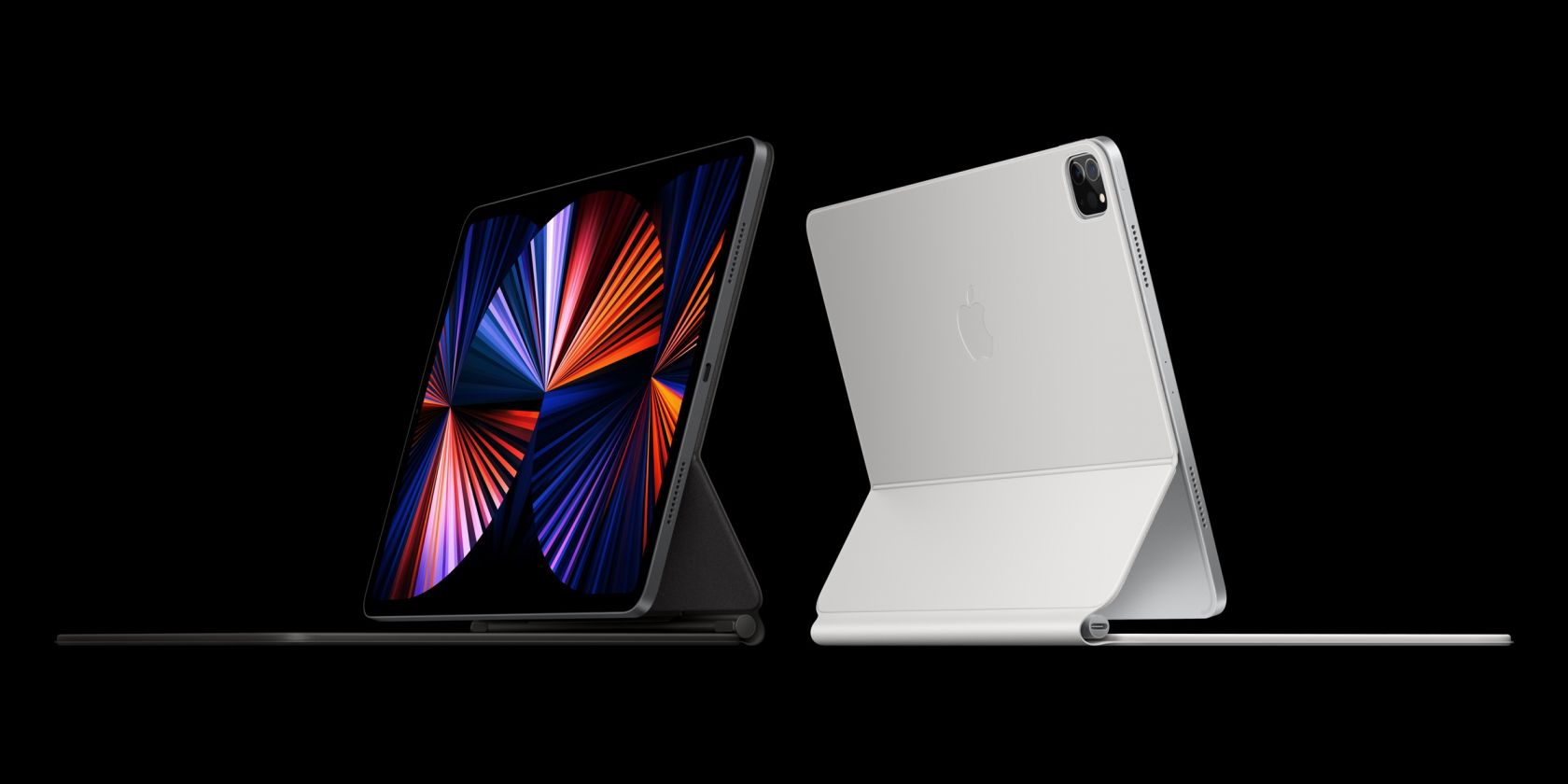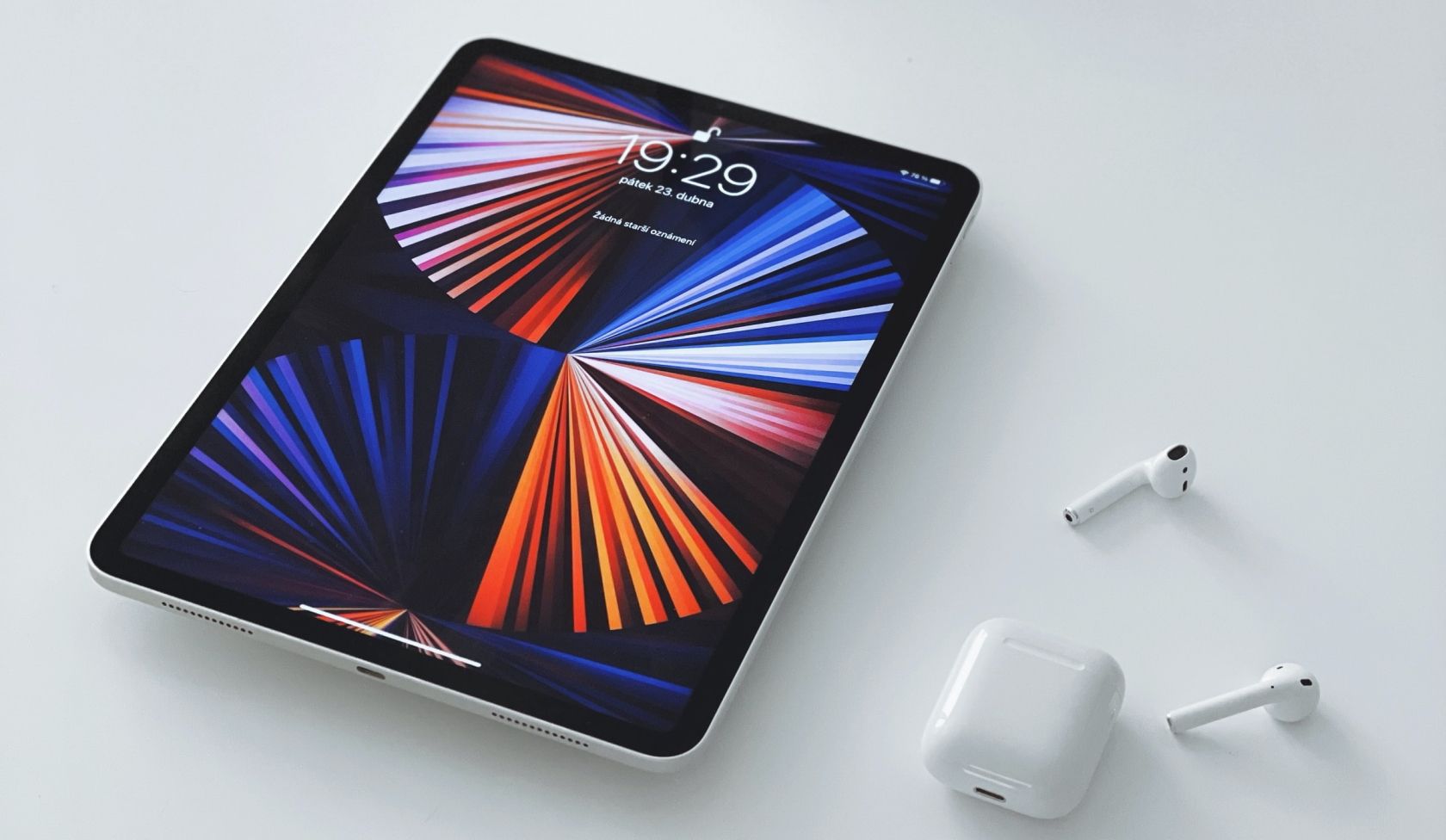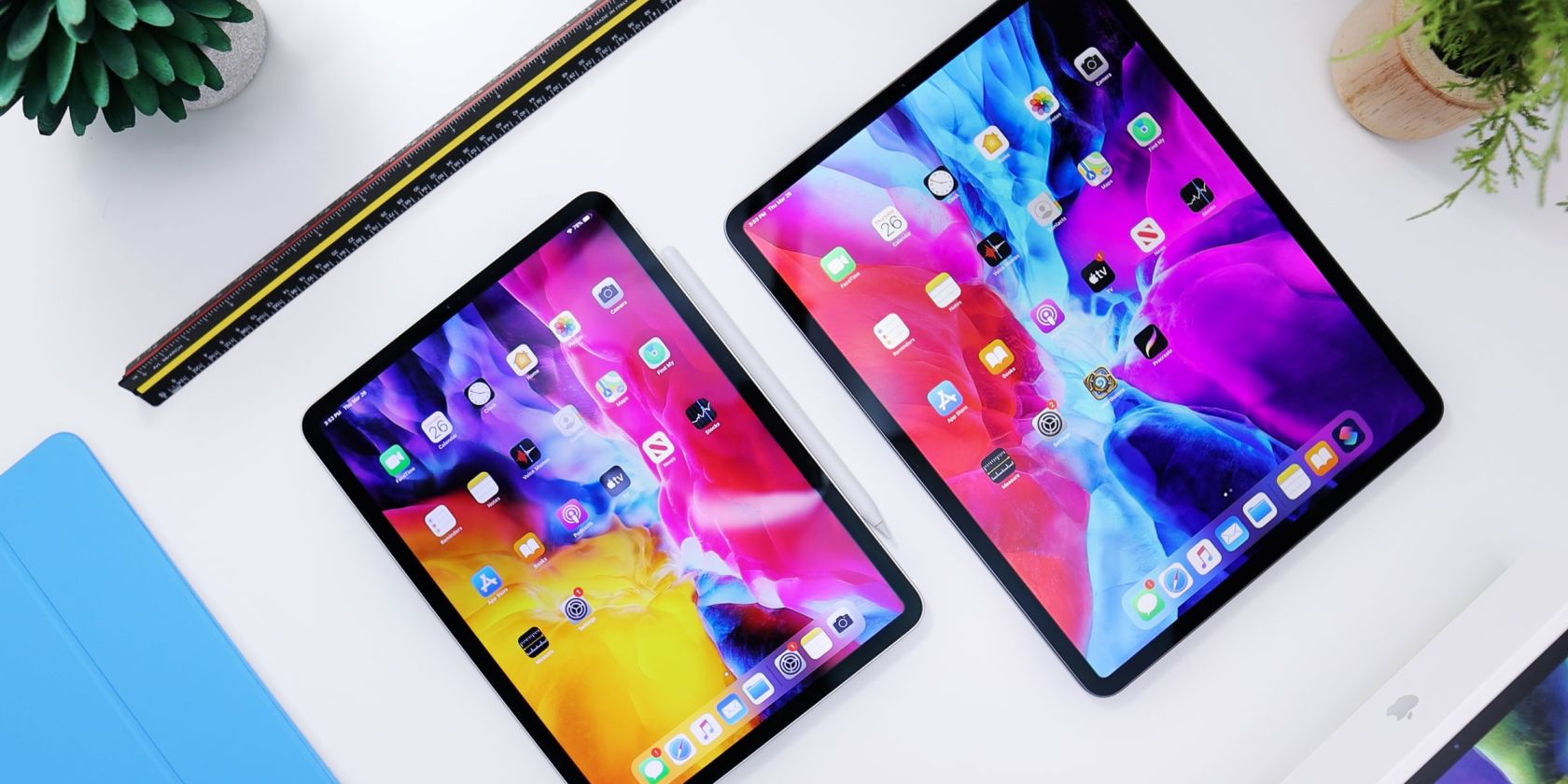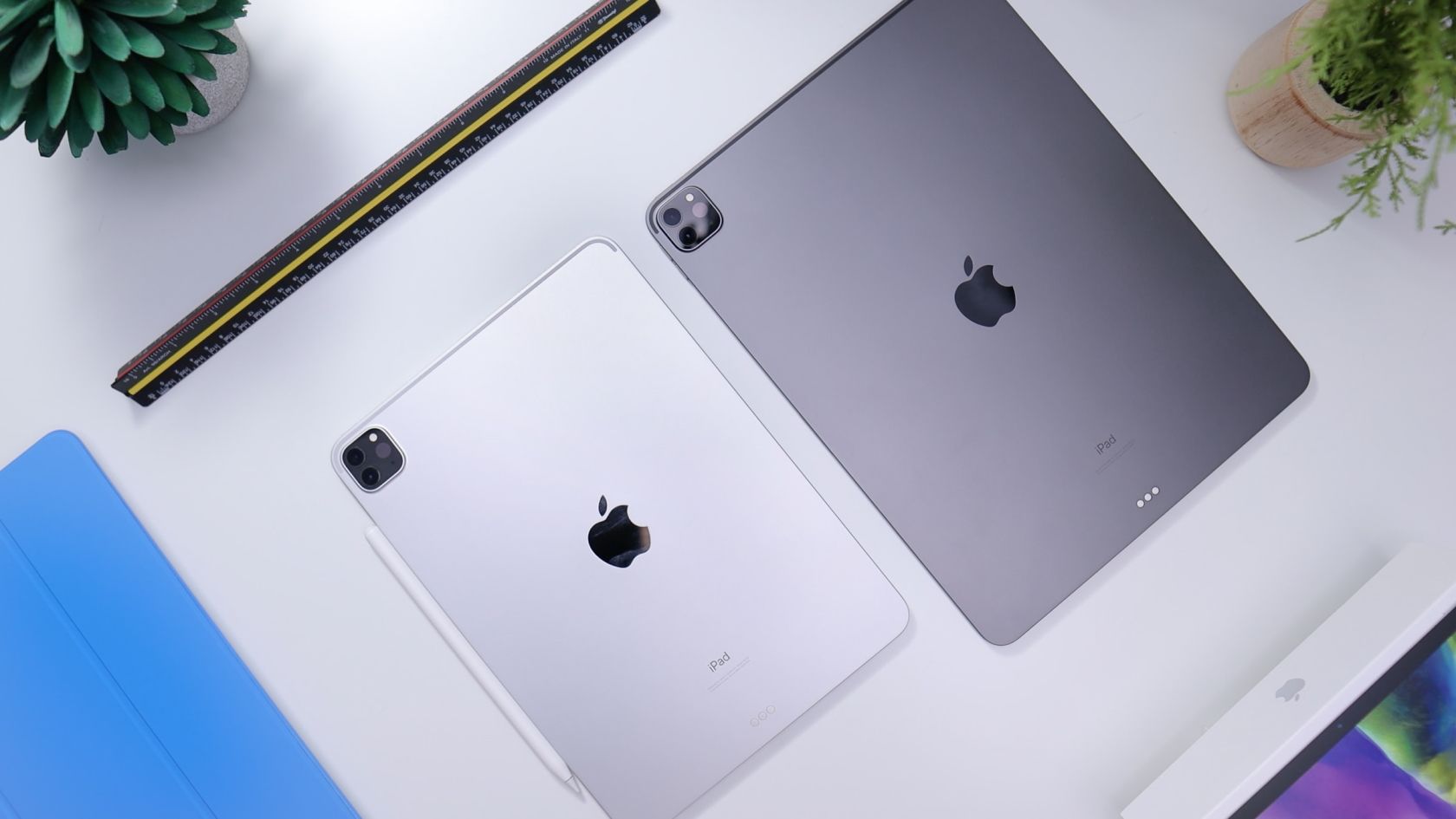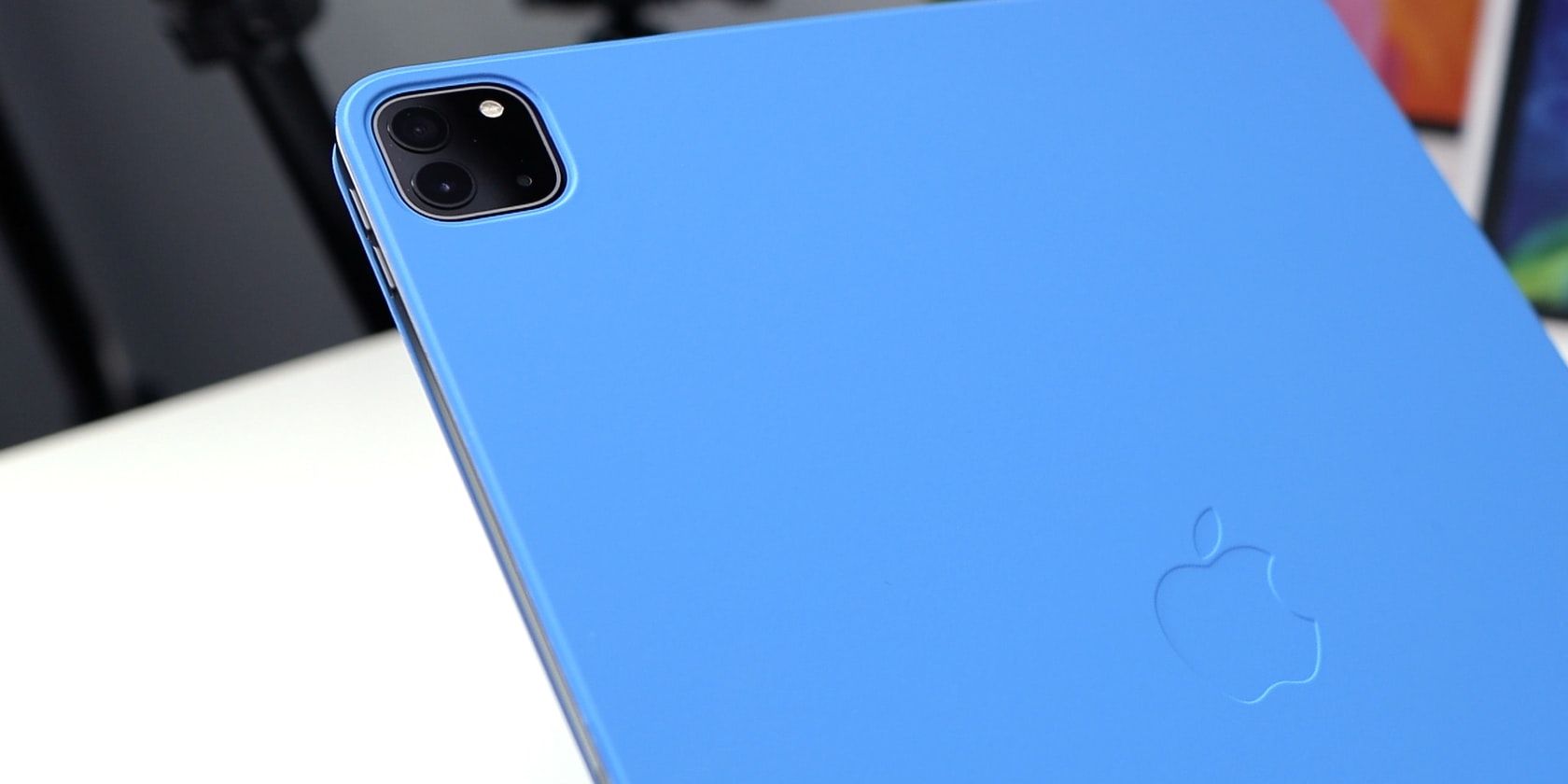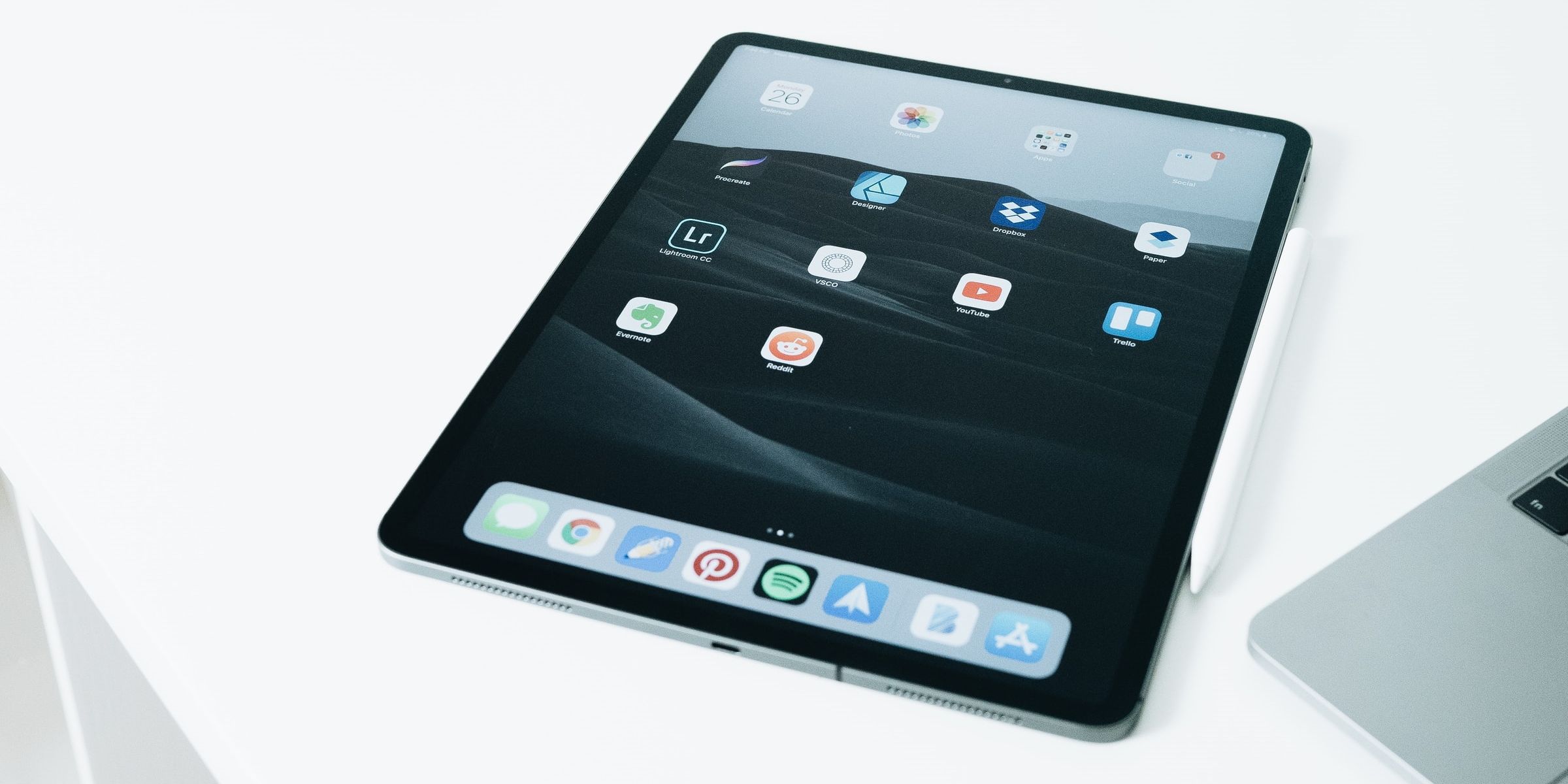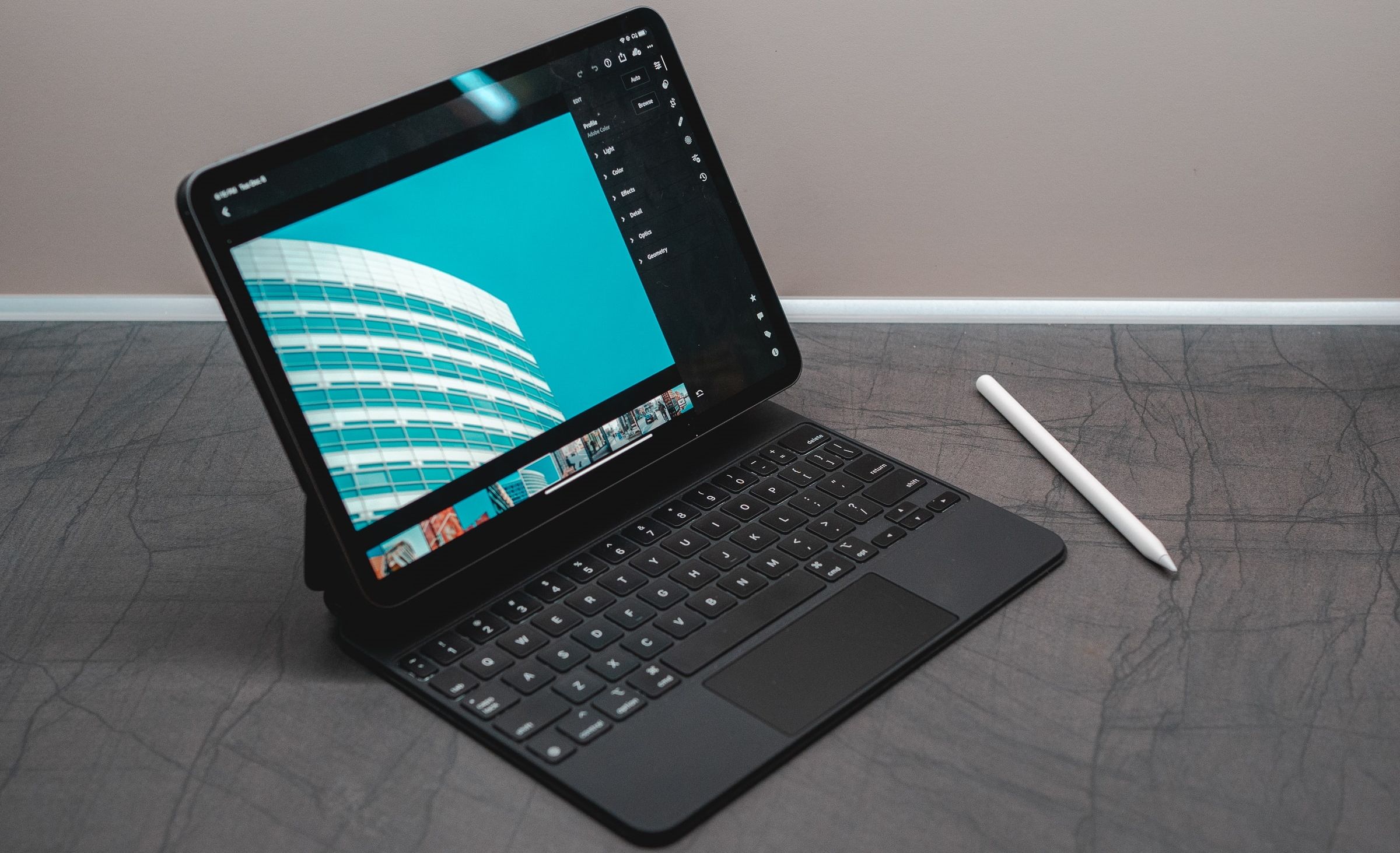Apple caused a frenzy by bringing the critically acclaimed M1 chip from the Mac to the iPad Pro. This wasn't an upgrade the iPad Pro needed since the older model was already the most powerful tablet in the world, but it happened nonetheless.
If you already own the 4th generation iPad Pro, you may have a tough time trying to figure out whether it's worth upgrading to the latest model or not. Here, we'll compare all the differences and similarities between the M1 iPad Pro and the iPad Pro 4th generation to help you make an informed decision.
1. Performance
If there's one major difference between the two iPad Pro models, it's definitely the performance. While the A12Z Bionic chip on the iPad Pro (4th generation) was already powerful enough, even for the prosumers, the new Apple M1 chip puts it to shame.
According to Apple, the M1 iPad Pro is 50% faster than the older generation in CPU performance. When it comes to the GPU prowess, it's 40% faster. It looks like the new iPad Pro leapfrogged in the performance department, but it begs the question, How well does it translate into the real world?
Let's just say that most people won't even notice the performance difference, even during intensive workloads. This is mostly because the new iPad Pro doesn't fully utilize the M1 chip's capabilities just yet. For some reason, Apple limits third-party apps to use no more than 5GB of RAM in iPadOS.
Of course, if you want an iPad Pro that's future-proof, the M1 model is the way to go, but you will certainly be happy with the performance of the 4th generation iPad Pro for at least the next few years.
3. Display
This category has a mix of both similarities and differences, and it depends on whether you purchase the 11-inch iPad Pro or the bigger 12.9-inch variant.
When it comes to the 11-inch variant, both the M1 iPad Pro and the iPad Pro (4th generation) feature the same Liquid Retina IPS display. However, if you're considering the 12.9-inch screen size, the M1 iPad Pro packs the all-new Liquid Retina XDR screen, which uses mini-LED display technology.
This new display is much brighter when viewing HDR content, reaching a peak brightness of 1600 nits, compared to the measly 600 nits on the A12Z iPad Pro from 2020.
3. Design
There are no differences in the design whatsoever. The M1 iPad Pro looks identical to the outgoing model with a familiar flat design. However, there's a slight difference in thickness, specifically on the 12.9-inch model, due to the new mini-LED display.
Other than that, the only thing you'll notice between the two models is that the M1 iPad Pro has fewer speaker grills at the bottom.
4. Camera
Both the iPad Pro models feature identical camera setups, using the same 12MP wide and 10MP ultra-wide cameras. So, you won't notice any difference in image quality if you decide to upgrade from the older model.
When it comes to the secondary camera, the new M1 iPad Pro gets a significant upgrade. Apple has upped the selfie camera to 12MP from the 7MP camera on the 4th generation iPad Pro, for higher quality FaceTime calls. Plus, it's an ultra-wide camera now, and it supports a unique new feature called Center Stage.
Center Stage uses machine learning to detect the person in front of the camera and keep them centered in the frame, even when they're moving around. This feature comes in handy during video calls, as you won't have to adjust your iPad's position as you move around.
5. Sound Quality
Here, we'll take a look at both the speaker and the microphone quality. As we mentioned earlier, the M1 iPad Pro has fewer speaker grills, but that doesn't make any difference in the overall audio quality because it sounds just as good as the 4th generation iPad Pro.
Moving on to the microphone department, the new iPad Pro packs five studio-quality microphones, similar to the ones on the newer MacBook Pro and iMac models. The difference in mic quality is certainly noticeable, as we've seen from Max Tech's testing.
6. Accessory Compatibility
Accessory support will matter to you, especially if you plan to upgrade from the older 4th generation iPad Pro or even the 2020 iPad Air. The good news is that both sizes of the new M1 iPad Pro will work with all the existing accessories you purchased for the 4th generation model. Yes, this applies even if you buy the thicker 12.9-inch M1 iPad Pro.
So, you won't have to spend a few hundred dollars on accessories like the Magic Keyboard or the Apple Pencil 2 again if you decide to upgrade to the M1 iPad Pro. In fact, the only new accessory that Apple released alongside the new iPad is a white version of the Magic Keyboard.
7. Price
In the end, the price is the deciding factor for most people. The M1 iPad Pro's pricing is all over the place due to the premium Apple asks for the mini-LED display and 5G connectivity.
For starters, the base 12.9-inch M1 iPad Pro is priced at $1099. This is a hundred dollars more than the 4th generation iPad Pro's launch price, but this price increase has to do with the Liquid Retina XDR display. On the other hand, the 11-inch Wi-Fi-only iPad Pro costs $799, just like the outgoing 4th generation used to cost.
Additionally, Apple is charging $200 extra for the cellular models this time, up from the usual $149 asking price. This is the premium you'll have to pay for 5G if you decide to upgrade your current iPad Pro.
The M1 iPad Pro Is for the Future, Not the Present
There's no argument that the M1 iPad Pro is currently the most powerful tablet you can buy. But, if you already have the second-best tablet in the market, it's really not worth spending all that money on the M1 chip when iPadOS doesn't even take full advantage of it yet.
Unless you really want that mini-LED screen on the 12.9-inch variant, the M1 iPad Pro is a hard pass for existing iPad Pro owners. We say this because the new model seems to be designed for the future of iPadOS rather than the present.

